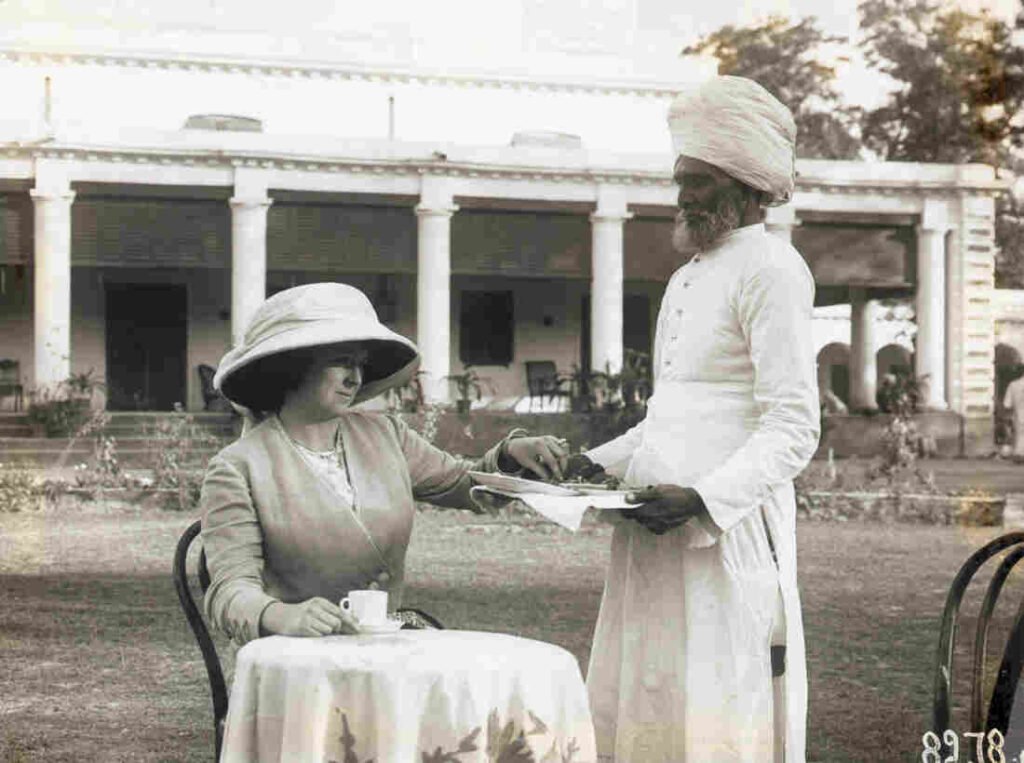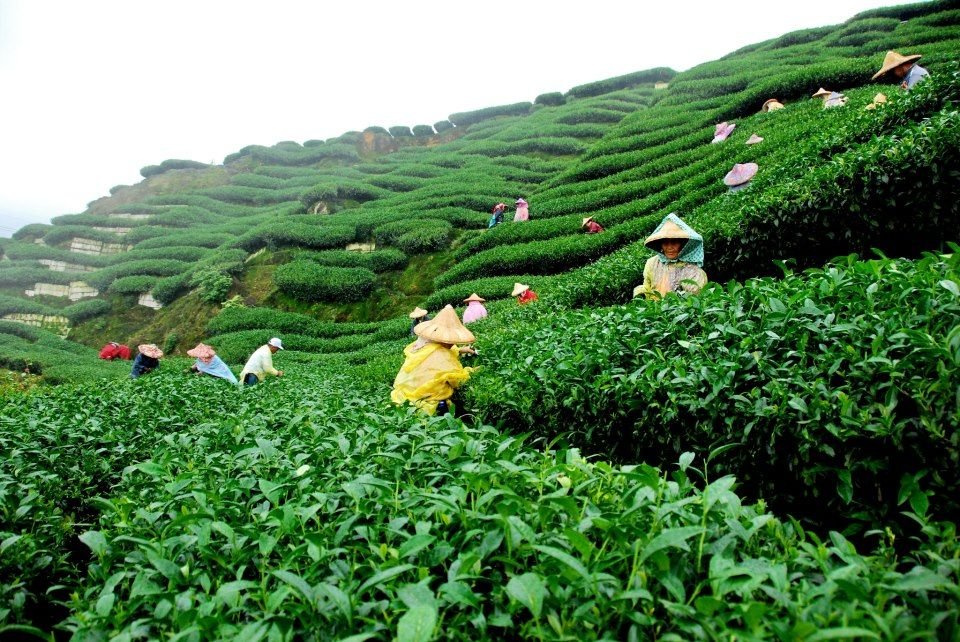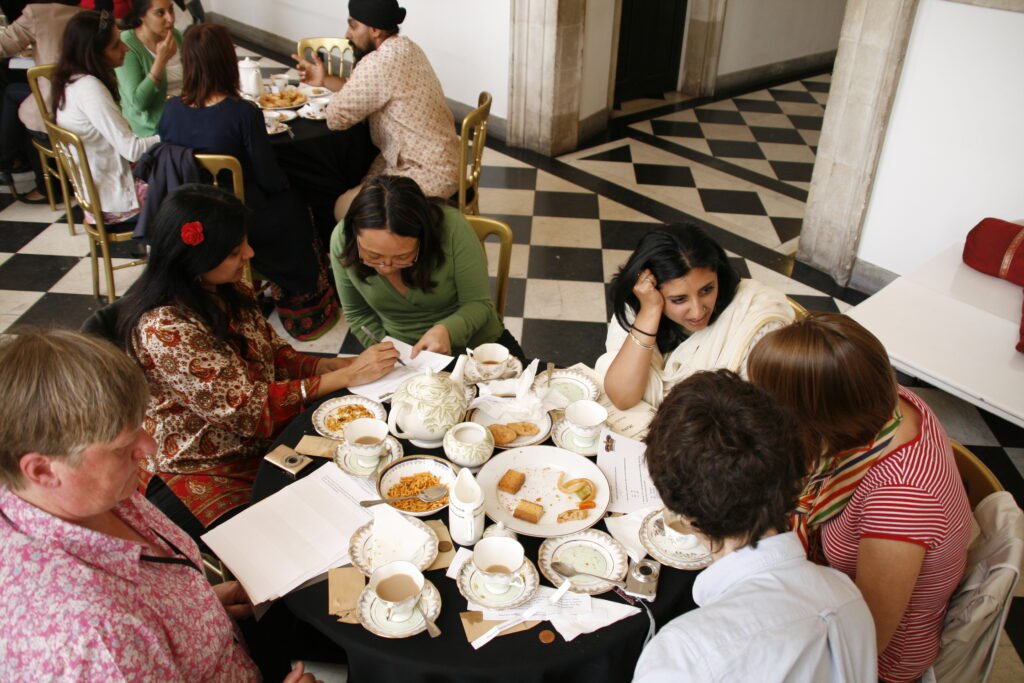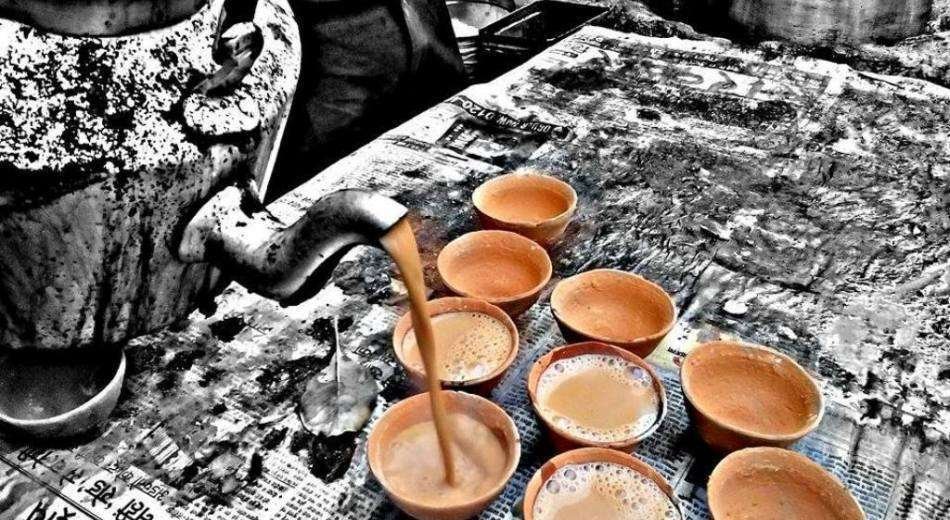Introduction
India, a land of diverse cultures and traditions, is known for many things, but one characteristic that stands out is its undying love for tea. Tea is not just a beverage in India; it is an integral part of daily life, a symbol of warmth and hospitality, and a catalyst for lively conversations.
This article takes you on a delightful journey through the various facets that make India the most tea-loving country in the world.
Historical Perspective
Tea’s journey in India began during the British colonial era in the 19th century. The British, who were avid tea consumers, saw the potential for cultivating tea in India due to its favorable climate and fertile land. They established large tea plantations in regions like Assam and Darjeeling, initially focusing on exporting tea back to Britain. However, the beverage quickly caught the attention of the local population, and Indians developed a taste for tea themselves.
The British-owned Indian Tea Association played a crucial role in popularizing tea consumption among Indians. They promoted tea as a healthy and refreshing drink, holding exhibitions and organizing campaigns to educate the masses about its benefits. The tea industry grew rapidly, and soon, tea became a part of everyday life in India. It transcended barriers of class and religion, becoming a beverage enjoyed by people from all walks of life.

Cultural Significance
Tea holds immense cultural significance in India. It is not merely a beverage but an integral part of daily routines and social interactions. In many households, the day begins with a steaming cup of tea, often referred to as “bed tea,” which helps kickstart the day. Throughout the day, tea breaks or “chai breaks” are cherished moments when people pause their activities to enjoy a cup of tea.
Offering tea to guests is considered a gesture of hospitality and respect in Indian culture. When someone visits a home or office, they are typically greeted with a warm cup of tea. It symbolizes the host’s desire to make the guest feel welcome and comfortable.
The preparation of tea in India is an art form in itself. Each household has its own unique recipe and technique, passed down through generations. Tea is typically brewed with a combination of water, milk, tea leaves, and a blend of aromatic spices and herbs, such as cardamom, ginger, cloves, and cinnamon. This infusion of flavors creates a distinct and delightful taste, making Indian tea stand out.

Tea Gardens and Production
India is blessed with expansive tea gardens that span across various regions, with notable concentrations in Assam, West Bengal, and Kerala. These tea plantations not only contribute significantly to the country’s economy but also add to its picturesque landscapes. The tea gardens, with their rolling hills and lush greenery, are a sight to behold.
The process of tea production involves several stages, each carefully executed to ensure the highest quality of tea. Skilled workers, often referred to as “tea pluckers,” meticulously pluck the tender leaves from the tea bushes. The timing and technique of plucking are crucial as they determine the flavor and aroma of the final product. The plucked leaves undergo withering, a process where they are spread out and dried, reducing their moisture content.
The leaves undergo fermentation, also known as oxidation, where they are exposed to controlled levels of moisture and oxygen. This process brings about chemical changes in the leaves, resulting in the characteristic flavors and colors associated with different types of tea. The degree of oxidation varies depending on the desired tea variety, such as black, green, or oolong tea.
Following fermentation, the leaves are subjected to drying, which halts the oxidation process and preserves the flavors. They are carefully dried using various methods, including air drying, firing, or pan-frying. Once the leaves are dried, they are sorted and packaged for distribution.

Tea Rituals and Social Bonding
Tea is not just a beverage in India; it is a catalyst for social interactions and bonding. Tea breaks, commonly known as “chai breaks,” are cherished moments when people take a pause from their daily routines to enjoy a cup of tea and engage in conversations.
In homes, offices, and even on the streets, tea stalls or “chai wallahs” serve as communal meeting points. These small tea shops are lively hubs where people from all walks of life gather to savor a cup of tea, exchange stories, and discuss a myriad of topics, from politics to cricket. These interactions foster a sense of community and create lasting connections.
Tea has also become an integral part of various cultural and social occasions in India. During festivals, it is customary to offer tea to guests, along with sweets and savories. Tea plays a central role in social gatherings, where it acts as a common thread that brings people together, regardless of their backgrounds.
The act of offering tea to guests is deeply ingrained in Indian hospitality. It is a way to express warmth, generosity, and care. Guests are often greeted with the phrase “Chai piyoge?” meaning “Would you like to have tea?” This gesture signifies the host’s desire to make the guest feel welcomed and comfortable.
Tea rituals and social bonding associated with tea-drinking have become an integral part of India’s cultural fabric, strengthening relationships and providing a moment of respite amidst the fast-paced modern life.

Conclusion
In conclusion, India’s love affair with tea is a beautiful blend of history, culture, diverse flavors, and social connections. The rich heritage, captivating tea gardens, and the artistry involved in tea production, combined with the cultural significance and social rituals associated with tea-drinking, all contribute to making India the most tea-loving country in the world.
So, the next time you savor a cup of tea, embrace the magic of India’s chai mania and appreciate the centuries-old tradition that continues to bring joy and togetherness.
Indian tea culture – Wikipedia
Top 7 Monasteries of the World: Exploring Historical and Cultural Wonders – Trybe News




